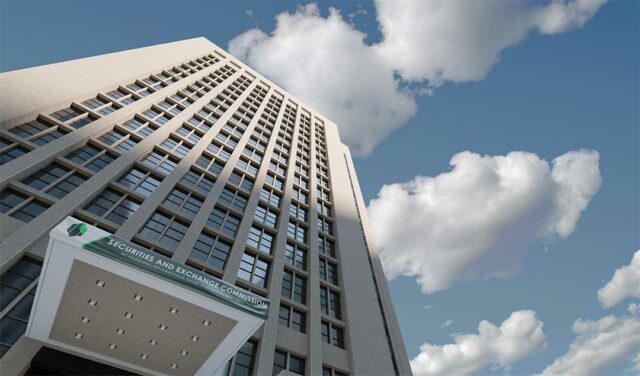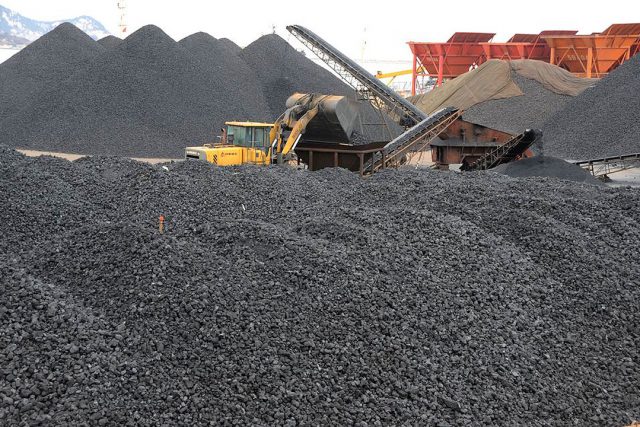Widodo pitches military aircraft deal to Marcos amid geopolitical tensions

By Kyle Aristophere T. Atienza, Reporter
INDONESIAN President Joko Widodo on Wednesday asked Philippine President Ferdinand R. Marcos, Jr. to buy anti-submarine aircraft from Indonesia.
“I also seek your excellency’s support related to the purchase of anti-submarine warfare aircraft for the Philippine Navy from Indonesia,” the Indonesian leader, who is in Manila for a three-day visit, told Mr. Marcos during a meeting in Malacañang.
Mr. Widodo said Indonesia is also committed to keep market access open for Philippine crops.
In their meeting, Mr. Marcos, who visited Indonesia in September last year, cited flourishing bilateral ties that allowed partnerships in renewable energy, the creative economy and infrastructure development.
“Indonesia continues to be one of our closest friends and regional partners,” he said. “As neighbors we must remain united in addressing challenges that the region now faces.”
The Philippine military last year said it would deploy anti-submarine aircraft in the South China Sea, including two choppers from the United Kingdom, as it faced increasing threats from Chinese ships.
Military chief Romeo S. Brawner, Jr. in October said the British AgustaWestland 159 Wildcat chopper has a torpedo that can hit any submarine illegally entering Philippine territorial waters.
The Philippines was expected to procure four more anti-submarine aircraft.
“The Philippines’ anti-submarine warfare (ASW) capabilities are a long-lost operational art of the Philippine Navy, which the service must be able to execute well to gain a relative edge in its exclusive economic zones and the high seas,” Joshua Bernard Espeña, who teaches international relations at the Polytechnic University, said in a Facebook Messenger chat.
“Indonesia, with its wider archipelagic domain compared with the Philippines, can provide the appropriate assistance to training and doctrine development,” he added.
But Mr. Espeña said Indonesia’s navy is believed to have been built by a hodgepodge of technologies, which raises maintenance questions for its anti-submarine aircraft.
“We are not sure about the origins of the ASW aircraft technology,” he said. “Analysts consider Indonesia’s Armed Forces as a hodgepodge of technologies. If they derive mainly from Russian or Chinese origins, the Philippines may likely face maintenance concerns due to limitations brought by Washington’s sanctions over Russian and Chinese technologies.”
“But this is where Filipino diplomacy should be assertive. Manila must ensure guarantees from Jakarta to cover maintenance concerns,” he added.
The submarine deal could lead to an intra-ASEAN (Association of Southeast Asian Nations) endorsement of military modernization, Chester B. Cabalza, founder of Manila-based International Development and Security Cooperation, said in a Messenger chat.
The plan could also encourage the Philippine military to rethink the government’s self-reliant defense posture program, which made Jakarta realize the value of supporting an industrial military complex, he said.
“The confidence of military interoperability and deterrence become contagious if countries in the region like Indonesia and the Philippines support each other’s defense artilleries,” he added.
Mr. Espeña said defense exports let Indonesia boost its economic strength. “As long as geopolitically troubled customers like the Philippines are demonstrating demand, it is a good business for them for years to come.”
During their bilateral meeting, Mr. Widodo said the two countries should boost political and security ties “through concrete steps.”
“I welcome the strengthening of cooperation on border security, including through joint patrols, but there are many things that still need to be improved,” he said, citing the need to expedite proposed deals on border crossing and joint patrols.
“Settlement of continental set boundaries needs to be pushed,” he added.
The two leaders met amid heightened tensions between the Philippine and China. The Chinese Coast Guard on several occasions last year fired water cannons at Philippine ships trying to deliver food and other supplies to an outpost at Second Thomas Shoal.
“While Jakarta is not vocal about Manila’s stance against Beijing, it nevertheless understands Filipino concerns — albeit silently,” Mr. Espeña said.
Assisting the Philippines in its defense needs demonstrates Indonesia’s de facto leadership in the regional bloc, he said. “Whether this momentum continues in a post-Widodo presidency, only time can tell.”











